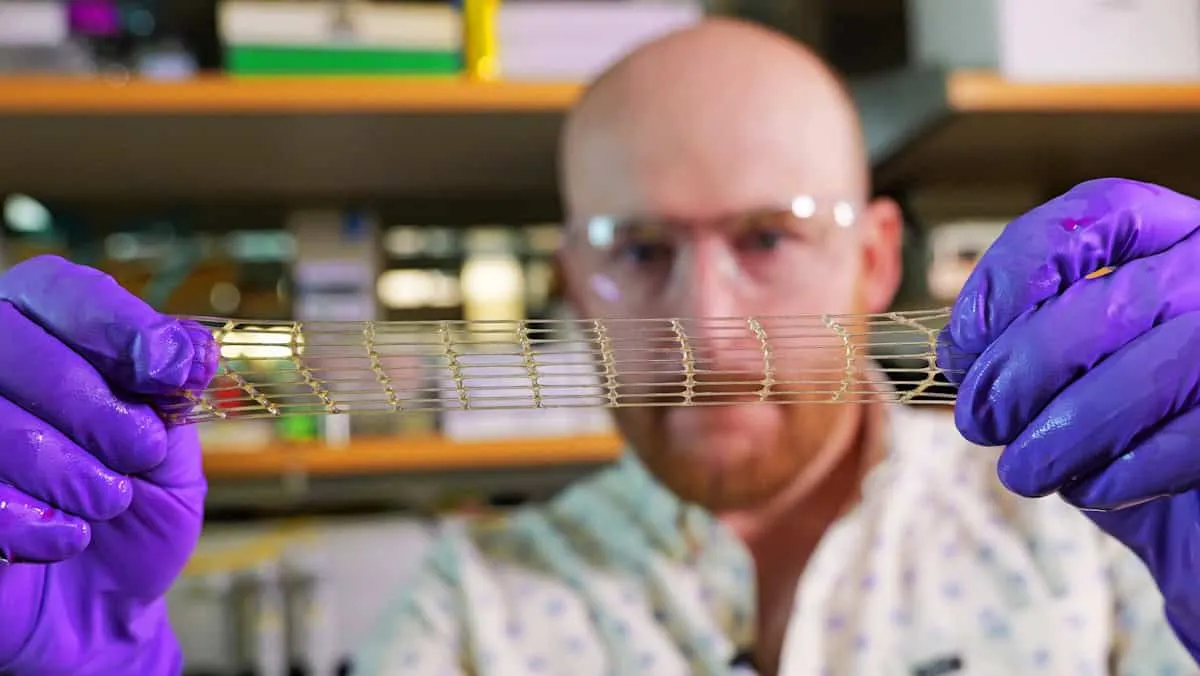3D Printing Leads to Remarkable Hydrogels that Stick to Tissue

The Impact of 3D Printing on Hydrogel Development
Recent advancements in 3D printing have paved the way for the production of strong and flexible hydrogels. These materials are particularly beneficial in the field of biomedicine, offering promising applications in tissue engineering and regenerative medicine.
Enhanced Toughness with New Techniques
Experiments revealed that hydrogels crafted using the novel CLEAR method showcased a toughness increase between fourfold and sevenfold compared to those generated by usual digital light processing techniques.
- 3D Printing technology is evolving rapidly.
- New hydrogels demonstrate superior adherence to biological tissues.
- Potential applications in medical fields are expanding.
Future Implications in Medicine
The implications of these developments could be profound, with anticipated advancements in surgeries and chronic wound care where adhesion and flexibility are crucial.
This article was prepared using information from open sources in accordance with the principles of Ethical Policy. The editorial team is not responsible for absolute accuracy, as it relies on data from the sources referenced.